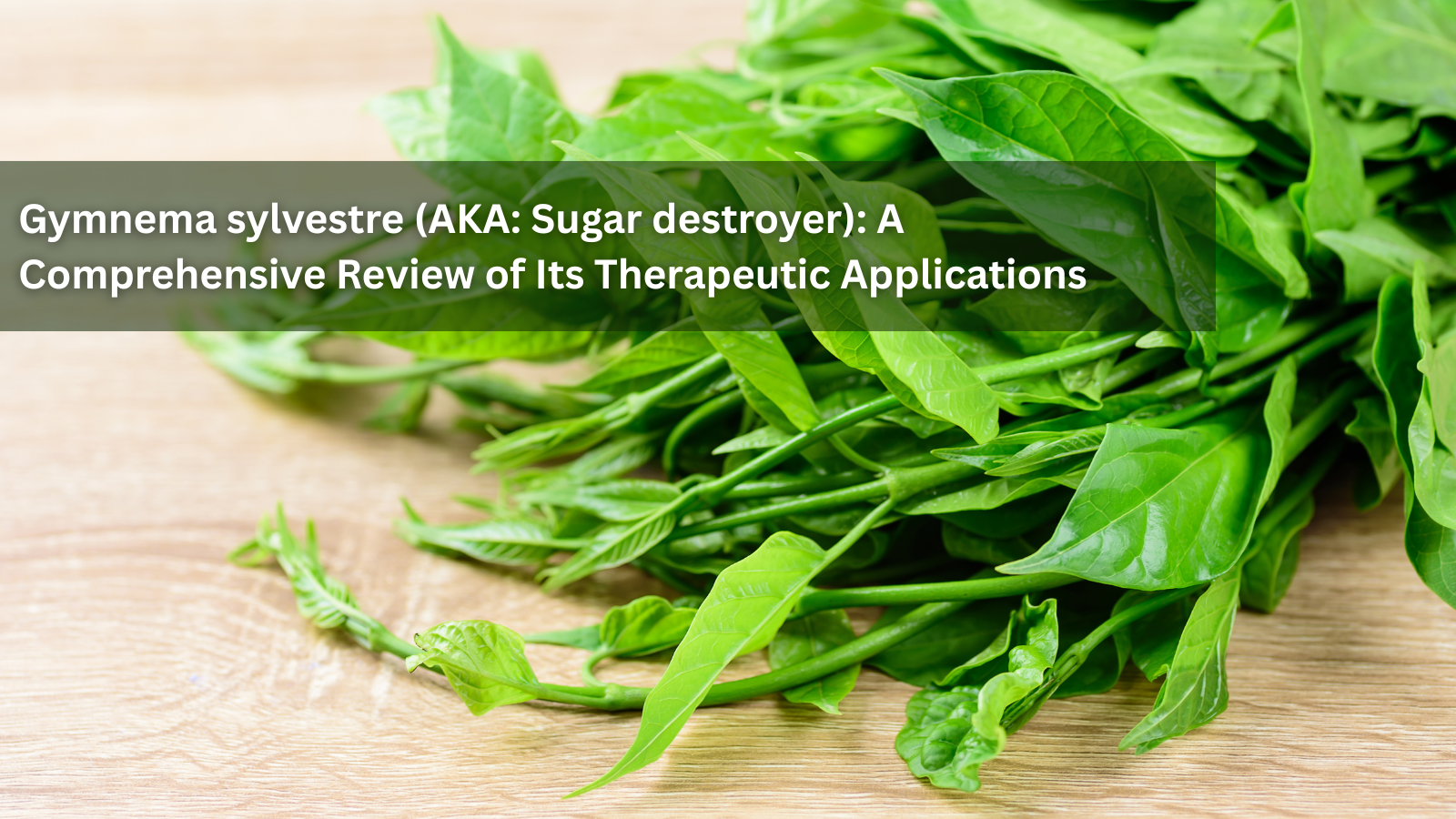The Many Benefits to Glucosamine Supplementation and their Scientific Mechanisms

Glucosamine is a naturally occurring amino monosaccharide that has attracted significant attention among consumers and nutrition researchers, especially for its potential anti-inflammatory properties. Widely used as a dietary supplement, glucosamine is often promoted for joint health, particularly in the context of osteoarthritis. However, its benefits extend beyond simple symptom relief, encompassing sophisticated cellular and molecular mechanisms that regulate inflammatory processes in the body. Below, we break down the latest scientific evidence surrounding the anti-inflammatory effects of glucosamine, explaining each mechanism for those eager to look under the hood of this popular supplement.
1. Inhibition of Pro-Inflammatory Cytokines
One of glucosamine’s key anti-inflammatory actions is its ability to inhibit the release of pro-inflammatory cytokines, which play a central role in the body’s inflammatory responses. Cytokines such as tumor necrosis factor-alpha (TNF-α), interleukin-1 (IL-1), and interleukin-6 (IL-6) are well-known drivers of inflammation, contributing to pain, swelling, and tissue damage in various conditions like arthritis and joint disorders. By targeting these cytokines, glucosamine helps to reduce inflammation at the molecular level, potentially alleviating symptoms and preventing further tissue degradation over time. This mechanism makes glucosamine a popular choice for managing chronic inflammation and promoting joint health.
- TNF-α and IL-1: Studies with human synovial cells have shown that glucosamine supplementation can significantly reduce the expression of TNF-α and IL-1β genes, dampening inflammation in conditions such as arthritis (Someya et al., 2016).
- IL-6: Additional research indicates glucosamine inhibits IL-6 production in both macrophages and synovial cells (Chiu et al., 2019; Rafi et al., 2007), further blunting the inflammatory cascade.
2. Modulation of Key Transcription Factors
Inflammatory responses are orchestrated at the genetic level by transcription factors, which play a crucial role in regulating the expression of genes involved in immune and inflammatory processes. Among these transcription factors, nuclear factor-kappa B (NF-κB) and activator protein-1 (AP-1) are particularly important. NF-κB is activated in response to various stimuli, such as infections or stress, and controls the expression of cytokines, chemokines, and other inflammatory mediators. Similarly, AP-1 regulates genes involved in cell proliferation, differentiation, and apoptosis, contributing to the overall inflammatory response. Together, these transcription factors ensure a coordinated and effective immune defense while also maintaining cellular homeostasis.
- NF-κB: Glucosamine has been shown to block the activation of NF-κB. Specifically, it prevents the phosphorylation of IκB and the nuclear translocation of the p65 subunit in macrophages (Rafi et al., 2007; Chang et al., 2008). This means fewer inflammatory genes are switched on.
- AP-1: The supplement also downregulates c-jun, a component of AP-1, which in turn curbs transcription of pro-inflammatory genes (d'Abusco et al., 2007).
3. Reduction of Oxidative Stress
Oxidative stress is closely tied to inflammation, forming a vicious cycle that can harm the body. Reactive oxygen species (ROS), which are unstable molecules produced during normal cellular processes or in response to external stressors, can damage tissues, proteins, and DNA. This damage not only disrupts normal cellular functions but also aggravates inflammatory responses, further amplifying oxidative stress and contributing to the progression of various chronic diseases.
- Boosting Antioxidant Defenses: Glucosamine supplementation increases the presence of antioxidant enzymes such as glutathione (GSH), superoxide dismutase (SOD), and catalase (CAT) (Lai et al., 2024; Yomogida et al., 1997).
- Scavenging ROS: By neutralizing ROS, glucosamine reduces oxidative damage and subsequent inflammation. For example, in alcohol-induced liver injury models, glucosamine supplementation lowered markers of oxidative stress like malondialdehyde (MDA) and bolstered GSH (Lai et al., 2024).
4. Blockage of Pro-Inflammatory Enzymes
Enzymes like cyclooxygenase-2 (COX-2) and inducible nitric oxide synthase (iNOS) play a critical role in the body's inflammatory response. COX-2 is responsible for producing prostaglandins, which promote inflammation and pain, while iNOS generates nitric oxide, a signaling molecule that contributes to inflammation under certain conditions. Together, these enzymes drive the production of molecules that amplify and sustain the inflammatory process, often serving as key targets for therapeutic intervention in inflammatory diseases.
- COX-2: Glucosamine inhibits COX-2 expression, thereby reducing the synthesis of pro-inflammatory prostaglandins (Rafi et al., 2007; Chang et al., 2008).
- iNOS: The activity of iNOS, which drives nitric oxide (NO) production contributing to inflammation, is similarly curtailed by glucosamine intake.
5. Disruption of the NLRP3 Inflammasome
The NLRP3 inflammasome is a multiprotein molecular complex that plays a crucial role in the body’s immune response by activating inflammatory pathways. It is particularly essential for the maturation and release of pro-inflammatory cytokines such as IL-1β, a key mediator in inflammation. This activation occurs in response to a wide range of stimuli, including infections, cellular stress, or damage-associated molecular patterns (DAMPs), making the NLRP3 inflammasome a critical component in both innate immunity and inflammatory diseases.
- How it Works: Glucosamine interferes with the assembly of the NLRP3 inflammasome by limiting mitochondrial ROS production and disrupting protein-protein binding (notably between NLRP3 and ASC), resulting in less IL-1β ([Chiu et al., 2019](#)).
6. Downregulation of the MAPK Pathway
Mitogen-activated protein kinase (MAPK) pathways, particularly the p38 MAPK pathway, play a fundamental role in regulating cellular responses to stress and inflammation. These pathways are crucial for upregulating inflammatory mediators such as cytokines and chemokines, which are essential for coordinating the body's immune response to injury or infection.
- MAPK Pathway: Research has demonstrated that glucosamine reduces p38 MAPK phosphorylation, leading to lower TNF-α and IL-6 expression in macrophages (Rafi et al., 2007; Yamagishi et al., 2017).
7. Immunomodulation
Beyond blunting inflammation, glucosamine can also modulate immune responses, which is especially relevant for allergic and autoimmune conditions.
- Th2 Cell Development: Glucosamine has been noted to suppress the differentiation of naive CD4+ T cells into Th2 cells, lowering IL-4 and IL-5 production in experimental models of atopic dermatitis (Kim et al., 2011).
8. Support from Clinical Trials
The scientific mechanisms described above are further supported by robust clinical evidence, which consistently demonstrates improvements in symptoms associated with inflammatory conditions. This is particularly evident in cases of osteoarthritis, where studies have shown reduced pain, improved joint mobility, and a better overall quality of life for patients undergoing targeted treatments.
- Lower IL-1β: Clinical trials in individuals with knee osteoarthritis report significant reductions in serum IL-1β after glucosamine supplementation (Shahine & El-Hadidi, 2014).
- Symptom Relief: Meta-analyses show consistent improvements in joint pain and function, attributed to glucosamine’s inflammation-modulating actions (Rovati et al., 2012; Chiusaroli et al., 2011).
Top Product:
One of the Purest adn Most Effective Brands of Glucosamine is Bernard Jensen's:
Takeaway for Nutrition Enthusiasts
For anyone with an interest in nutrition, glucosamine stands out as a supplement with robust anti-inflammatory actions rooted in multiple scientific mechanisms. From dampening cytokine storms and modulating genetic expression to strengthening antioxidant defenses and even disrupting molecular complexes that drive inflammation, glucosamine’s effects are both broad and deep. Its clinical relevance is strongest in osteoarthritis, but ongoing research points to promise in other inflammatory conditions as well.
Best supplements to pair with glucosamine: Silica, Glycine, Lysine and NAD+
If you’re exploring targeted supplementation to support joint health or manage inflammation, understanding these mechanisms may help you make more informed choices and appreciate the science behind each capsule.
Always consult with a healthcare professional before starting any new supplement regimen, especially if you have underlying health conditions or are taking medication.

October 26, 2025
Top 7 Health Benefits of Butterfly Pea Flower Tea
Butterfly pea flower tea, derived from Clitoria ternatea, is a vibrant, caffeine-free herbal beverage celebrated for its striking blue hue and array of potential health benefits. Traditionally consumed in Southeast Asia, this tea has ga...
Read more
October 26, 2025
What is the Sugar-Stopper Herb Gymnema sylvestre? A Comprehensive Review of Its Phytochemicals and Therapeutic Applications
Abstract Gymnema sylvestre (Retz.) R.Br. ex Sm., a perennial woody climber indigenous to tropical and subtropical regions, has been utilized extensively in traditional Ayurvedic medicine for centuries. This review examines the phytochem...
Read more
October 26, 2025
How Tributyrin Repairs Antibiotic-Damaged Gut Microbiomes
Antibiotics save lives, but they come with a hidden cost: the destruction of our gut microbiome. While these powerful medications eliminate harmful bacteria, they also devastate the beneficial microorganisms that keep our digestive syste...
Read more





Leave a comment